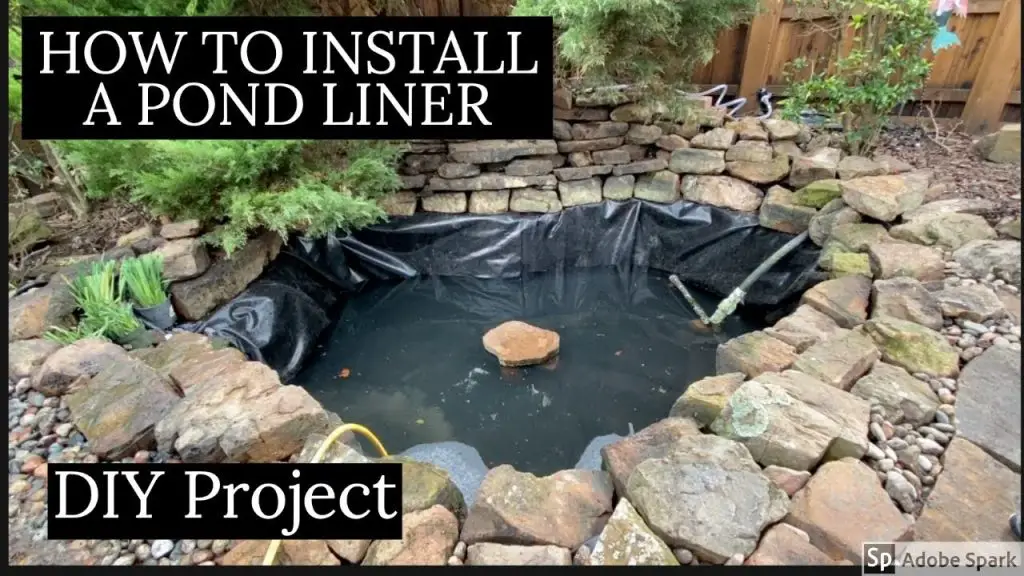Creating Your Own Tranquil Oasis: A Step-by-Step Guide to Building a Pond with a Pond Liner
Are you dreaming of a serene and picturesque pond in your backyard? Building a pond with a pond liner can be a fulfilling and rewarding project that brings nature closer to home. Whether you envision a thriving aquatic ecosystem or simply a peaceful water feature, a well-constructed pond can become the focal point of your outdoor space. In this comprehensive guide, we’ll walk you through the step-by-step process of building your own pond using a pond liner, from planning and design to the final touches that will transform your backyard into a tranquil oasis.
5 Best Durable Pond Liners For Outdoor Ponds, Garden Fountain, And Waterfall
Planning and Design
Before you start digging, take the time to carefully plan and design your pond. Consider the size and shape of the pond, as well as its location in your yard. Keep in mind that a pond with a pond liner can be virtually any shape, so let your creativity flow. Once you have a clear vision of your pond, mark the outline using a garden hose or spray paint. This will serve as a guide for excavation.
Excavation
With the outline in place, it’s time to start digging. The depth of your pond will depend on its intended use. If you plan to keep fish or aquatic plants, a depth of at least 18-24 inches is recommended. Use a shovel or, for larger ponds, consider renting a small excavator to speed up the process. As you dig, periodically check the depth and shape of the pond to ensure it aligns with your vision.
Installing the Pond Liner
Once the excavation is complete, it’s time to install the pond liner. The liner will create a watertight barrier that prevents seepage and helps maintain the water level. Choose a high-quality pond liner that is durable and puncture-resistant. Unroll the liner and carefully drape it over the excavation, making sure it extends beyond the edges of the pond. Smooth out any wrinkles or folds, and use rocks or bricks to hold the liner in place temporarily.
Shaping the Pond
With the liner in place, it’s time to shape the pond. Start filling the pond with water, which will push the liner into the contours of the excavation. As the water level rises, adjust the position of the liner to create natural-looking curves and shelves. Take your time with this step, as the final shape of the pond will greatly influence its aesthetic appeal.
Edging and Finishing Touches
Once the pond is filled and the liner is shaped, it’s time to add the finishing touches. Consider using natural stone, bricks, or pavers to create an attractive edging around the pond. This not only enhances the visual appeal but also helps secure the liner in place. You can also add aquatic plants, such as water lilies or lotus, to introduce color and texture to the pond. Don’t forget to install a pump and filter to keep the water clean and healthy for any fish or plants that you may introduce.
Maintenance and Care
Now that your pond is complete, it’s important to establish a maintenance routine to keep it in top condition. Regularly remove debris and fallen leaves from the surface of the water to prevent them from decomposing and affecting water quality. Keep an eye on the water level, especially during hot and dry periods, and top up the pond as needed. Periodically check the pump and filter to ensure they are functioning properly, and trim any overgrown aquatic plants to maintain a balanced ecosystem.
Environmental Considerations
When building a pond with a pond liner, it’s essential to consider the environmental impact. Ensure that the materials you use, including the pond liner and edging, are eco-friendly and safe for aquatic life. Additionally, be mindful of water conservation by using rainwater or a recirculating system to fill and maintain the pond. By taking these steps, you can create a sustainable and environmentally conscious pond that enhances your outdoor space without harming the ecosystem.
Conclusion
Building a pond with a pond liner is a gratifying endeavor that allows you to bring the beauty of nature into your own backyard. By following these step-by-step guidelines, you can create a stunning and harmonious water feature that adds value to your property and enriches your outdoor living experience. Whether you choose to stock your pond with fish and aquatic plants or simply enjoy the sight and sound of water, a well-designed and carefully maintained pond can become the centerpiece of your landscape, providing a serene and tranquil escape right outside your door.





